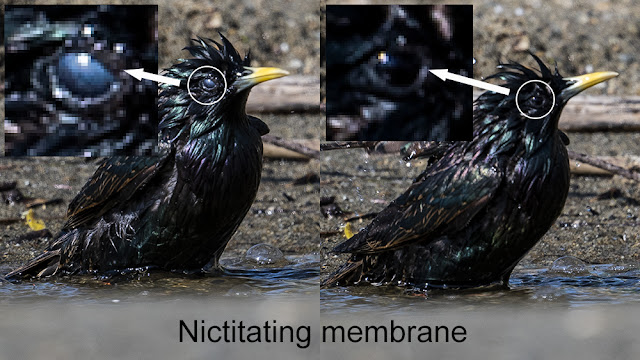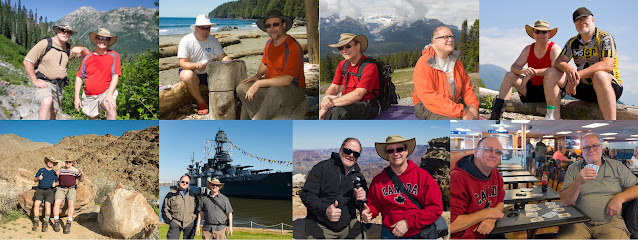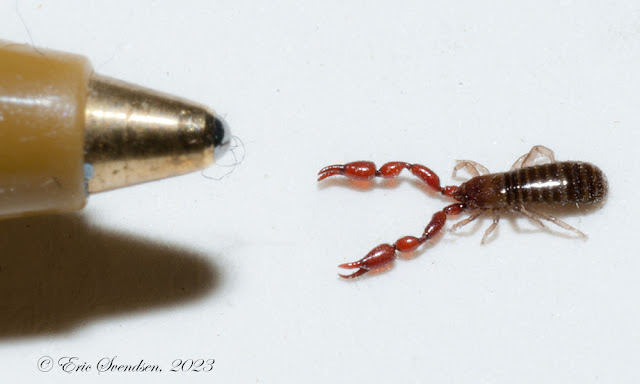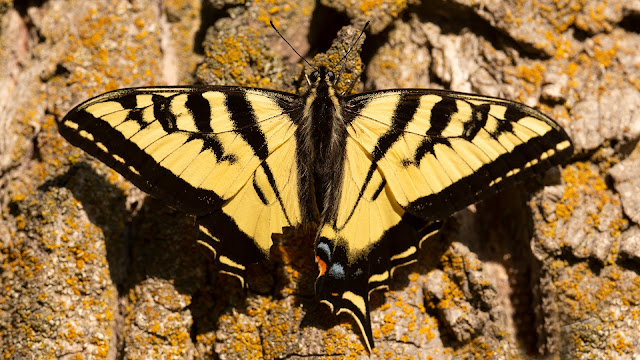RVing - When Poo goes wrong.

Dumping RV tanks shouldn't be this hard. If you have ever travelled in an RV, you probably know that one of the downsides of the whole experience is dumping your greywater and blackwater tanks. We have travelled with a variety of recreational vehicles over the years and I have had the unpleasant task of doing just that. Every time. And I can say with honesty that it isn't always problem free. This last point was clearly made at the conclusion of our last outing. In fact, it has the honour of being the worst experience in my tank-clearing career, thus far anyways. It started when we were finishing up at our last site in preparation to leave for home. One of the last things that has to be done is to dump tanks. I prefer to dump at the camping facility when possible, and our site had the appropriate connections to allow this. We had a new trailer (we sold our motorhome last year) and a new hose kit (see lower left inset in the above photo). The RV park requires that bo










